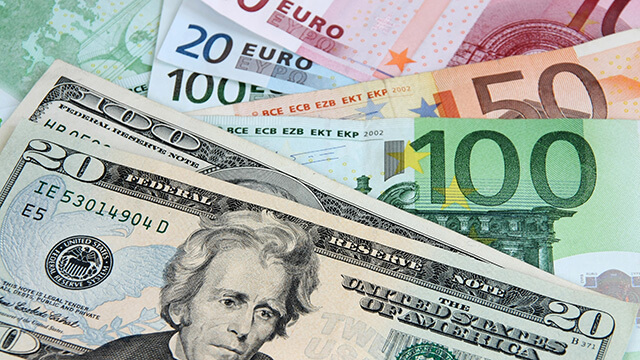
 741
741
EUR/USD Remains Bearish Ahead of US Economic Data
The EUR/USD currency pair remains under downward pressure, trading below the 1.1550 level during Tuesday’s European session. After the marginal losses seen on Monday, the pair is consolidating in a modestly bearish zone, and technical indicators suggest limited buyer interest in the near term.
Market participants are closely monitoring upcoming economic data from the United States, particularly the ISM Services Purchasing Managers’ Index (PMI) scheduled for release later today. Economists expect the index to rise slightly to 51.5 in July from 50.8 in June. A reading above 50 indicates expansion in service sector activity, which could bolster the US dollar if confirmed. Conversely, a weaker-than-expected figure might suggest continued softening in the sector, providing modest support for the euro.
Another significant release on the docket is the U.S. Goods Trade Balance for June. This data, alongside the ISM services report, will influence market sentiment and could sway the dollar’s near-term trajectory. The employment-related sub-index within the ISM survey, which stood at 47.2 in June, remains a critical factor, as a decline could reinforce concerns over a slowing labor market. An improvement above 50 might help sustain dollar strength.
Technically, the EUR/USD exhibits a neutral tone, with the Relative Strength Index (RSI) hovering just below 50, signaling indecision among traders. Immediate support levels are identified around 1.1515 and 1.1500, with further downside targets at 1.1450 and 1.1400. Resistance levels are mapped at approximately 1.1570, 1.1620, and 1.1660, aligning with key moving averages and Fibonacci retracement levels.
The euro, which accounts for roughly 31% of global foreign exchange transactions, remains sensitive to monetary policy signals from the European Central Bank (ECB). The ECB’s primary objective is price stability, with interest rate decisions heavily influenced by inflation metrics. The eurozone’s inflation rate, measured by the Harmonized Index of Consumer Prices, is a critical barometer. Surpassing the ECB’s 2% target could trigger rate hikes, potentially strengthening the euro further. Conversely, weaker economic data or subdued inflation might prompt the ECB to maintain or cut rates, weighing on the currency. Economic releases from major Eurozone economies, including Germany, France, Italy, and Spain, substantially impact euro valuation, reflecting the region’s overall fiscal health and monetary policy outlook.














